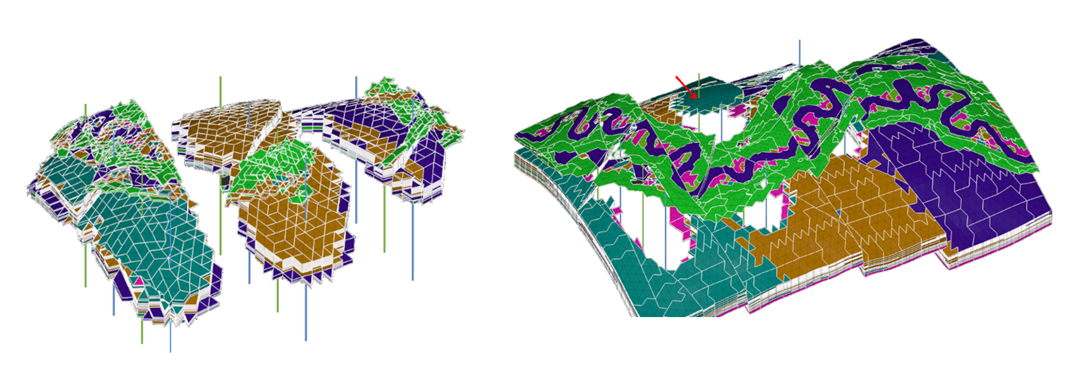Through a continuous series of collaborative projects, stretching more than a decade, we have developed model reduction tools. Specifically, we have developed an innovative framework for creating reduced-order reservoir models that combines agglomeration of cells from existing high-fidelity reservoir models and flow-based upscaling. Employing a hierarchical grid-coarsening approach, the framework ensures accurate preservation of geological structures. By leveraging flow data to identify regions of varying flow, users can adapt model resolution differently across the reservoir. The framework offers diverse coarsening strategies, allowing users to tailor reduced models to critical geological aspects. By selectively preserving key features and aggressively coarsening others, users can closely align reduced models with high-fidelity counterparts. Simple flow diagnostics predict the accuracy of resulting reduced models, utilizing time-of-flight and volumetric well communication.
The new methods are implemented in the Client's inhouse workflow tools and have been used with success on several assets. Rudimentary versions are also available in the module for adapted coarsening in MRST.





